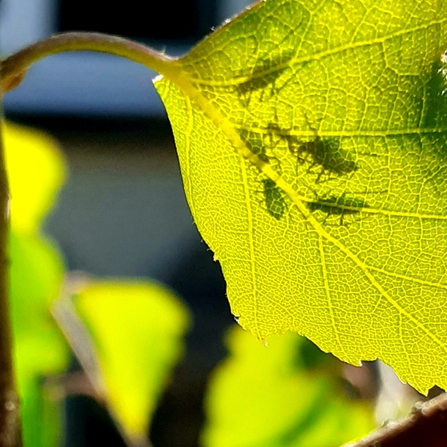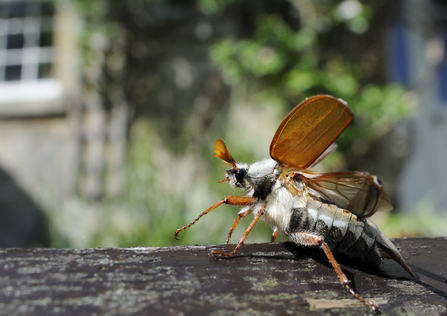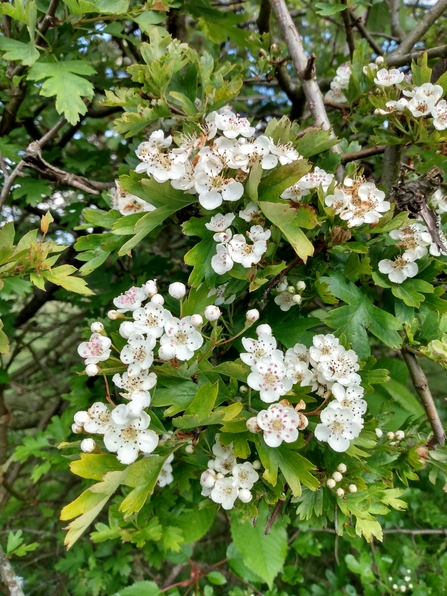The warmer weather is now bringing an abundance of insects, just in time to feed the hungry mouths of newly hatched chicks, returning migrants and bats emerging from hibernation. If you’re spending more time at home, then why not get up close with some of the smallest creatures on your doorstep and think about how you can take action to encourage insects into your garden.
Go on a bug hunt to find out what’s already hiding in your garden
- Look under stones, logs and plant pots to find millipedes and woodlice, the hardworking, but often overlooked, recyclers of the garden.
- Peer beneath a few freshly emerged leaves and you will probably find sap sucking aphids which in turn provide food for ladybirds, lacewing and hoverfly larvae and predatory beetles. Think twice before reaching for chemical sprays which will upset the natural food chain.
- Go out at dusk, especially after rain, and you may be alarmed to see slugs and snails emerging. Take comfort in the fact that they provide food for another nocturnal visitor, the hedgehog, who will be actively feeding at this time of year to be in peak condition for breeding





